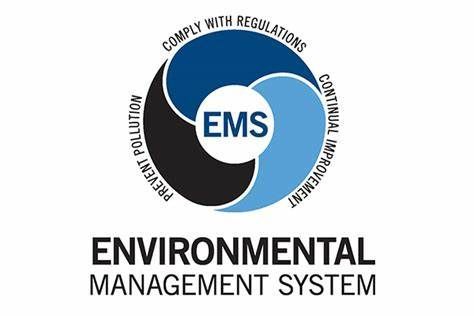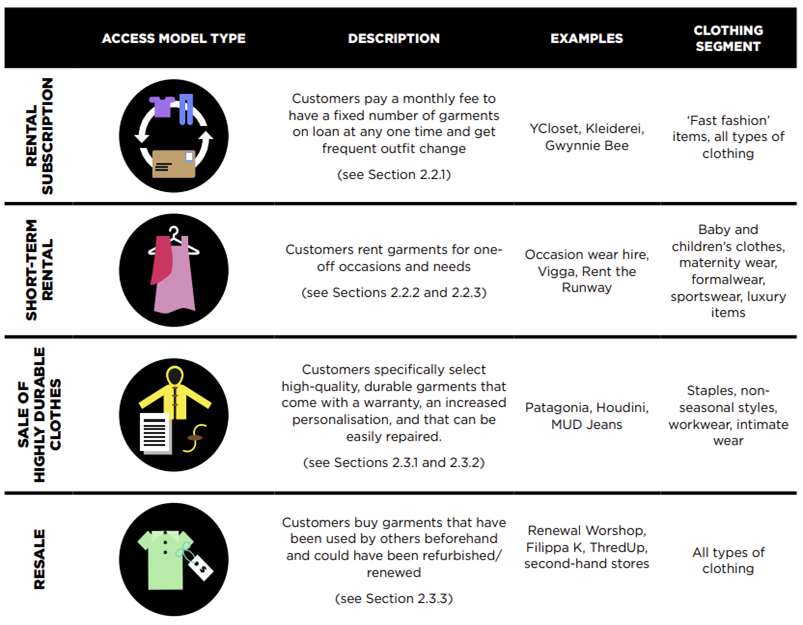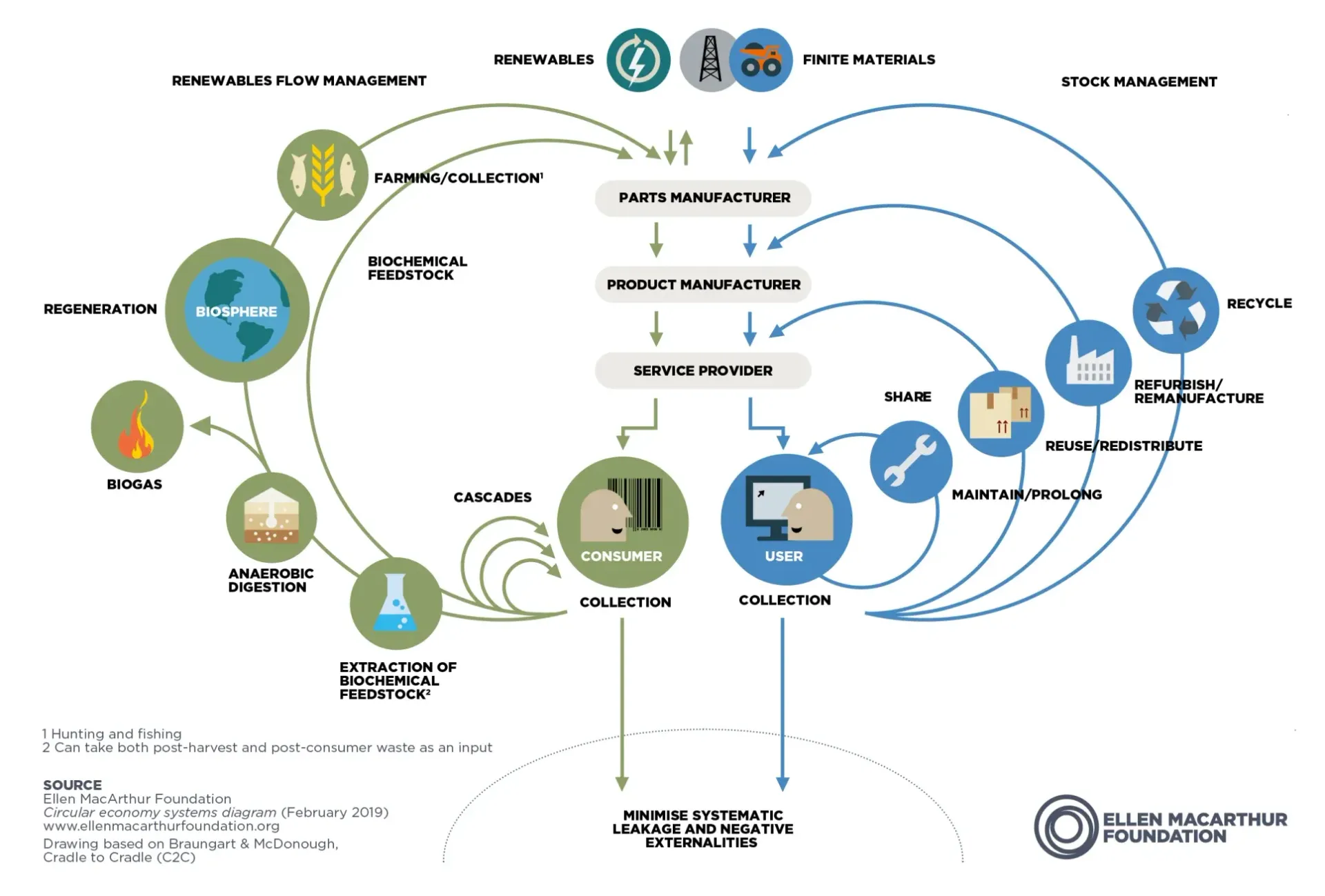EMS: A BRIEF ANALYSIS AND BENCHMARK OF ISO 14001, EMAS & B Corp.

EMS: A BRIEF ANALYSIS AND BENCHMARK OF ISO 14001, EMAS & B Corp.
Organisations use several environmental management systems (EMS) to manage environmental impacts and comply with environmental regulations. The primary use of an EMS is to help organisations minimise their negative impact on the environment and prevent ecological incidents from occurring. An EMS provides a structured approach to identifying and managing environmental risks and opportunities, which can help organisations improve their performance and reduce their negative environmental footprint.
Some of the critical uses of an EMS include:
Compliance: An EMS helps organisations comply with environmental regulations and requirements by identifying legal obligations and ensuring that the organisation is meeting those obligations.
Risk management: An EMS helps organisations identify, assess, and manage environmental risks, such as pollution incidents or natural disasters, which can help prevent environmental harm and financial loss.
Continuous improvement: An EMS provides a framework for setting environmental objectives, targets, and performance indicators, which can help organisations measure and improve their environmental performance over time.
Reputation: Implementing an EMS can improve an organisation’s reputation by demonstrating its commitment to environmental sustainability and social responsibility.
Cost savings: An EMS can help organisations identify opportunities to reduce waste, conserve resources, and improve efficiency, resulting in cost savings and increased profitability.
The two most commonly used EMS are ISO 14001 and the EMAS. Additionally, the B Corp certification B Lab provides is different from a traditional environmental management system (EMS). Still, it includes many elements of an EMS and focuses on sustainability and social responsibility.
We briefly describe these three systems’ main strengths and weaknesses.
ISO 14001
Strengths:
- ISO 14001 is internationally recognised, and its certification is widely accepted.
- It provides a structured framework for identifying and managing environmental risks and opportunities.
- It helps organisations comply with environmental regulations and requirements.
- It can be integrated with other management systems, such as ISO 9001, for quality management.
- It can improve an organisation’s reputation and competitiveness.
- It needs to be implemented in the primary business unit to certify the whole organisation.
- It needs to be implemented in the primary business unit to certify the whole organisation.
Weaknesses:
- ISO 14001 certification does not guarantee environmental performance improvement.
- It does not have specific requirements for environmental performance indicators.
- It does not require organisations to disclose their environmental performance publicly.
- It can be expensive and time-consuming to implement and maintain.
EMAS
Strengths:
- EMAS requires public disclosure of environmental performance, which can increase transparency and accountability.
- It requires the use of performance indicators to measure and monitor environmental performance.
- It emphasises continuous improvement and requires organisations to set environmental targets and goals.
- It provides recognition for good environmental performance through a publicly accessible register.
- It can help organisations comply with environmental regulations and requirements.
Weaknesses:
- EMAS is less widely recognised internationally than ISO 14001.
- It can be more expensive and time-consuming to implement and maintain than ISO 14001. Any business unit needs to be certified.
- It is only available to organisations located within the European Union.
- Its public disclosure requirements may only suit some organisations, especially those with confidential information.
B Corp
Strengths:
- B Corp certification requires companies to meet high standards of social and environmental performance, transparency, and accountability.
- It provides a comprehensive framework encompassing sustainability's environmental, social, and governance aspects.
- It includes a set of performance indicators specific to each industry and measures the company's impact on the environment and society.
- It requires ongoing certification, encouraging continuous improvement in sustainability practices.
- B Corp certification provides recognition and differentiation for companies prioritising sustainability and social responsibility.
Weaknesses:
- B Corp certification is less widely recognised than traditional EMS certifications such as ISO 14001.
- Certification can be expensive and time-consuming, which may be a barrier for small and medium-sized enterprises.
- The performance indicators B Corp uses need to be standardised across industries, making benchmarking and comparisons between companies challenging.
- Some companies may prioritise achieving B Corp certification over actual environmental and social performance improvement, leading to potential greenwashing.
- B Corp certification may only be suitable for some types of businesses, such as those that operate in industries with low environmental impact.
All Rights Reserved | Retail Consulting & Advisory Services Ltd.
Ismael Gonzalez - Founder & Managing Director
© 2022 Retail Consulting & Advisory Services LTD. Company Registration Number 14234794. Privacy Policy









